Land of the Rising Sun – IELTS Reading Answers
6 min read
Updated On
-
Copy link
Table of Contents

Limited-Time Offer : Access a FREE 10-Day IELTS Study Plan!
The Academic passage ‘Land of the Rising Sun‘ is a reading passage that appeared in an IELTS Test. Try to find the answers to get an idea of the difficulty level of the passages in the actual reading test. If you want more passages to solve, try taking one of our IELTS reading practice tests.
Land of the Rising Sun
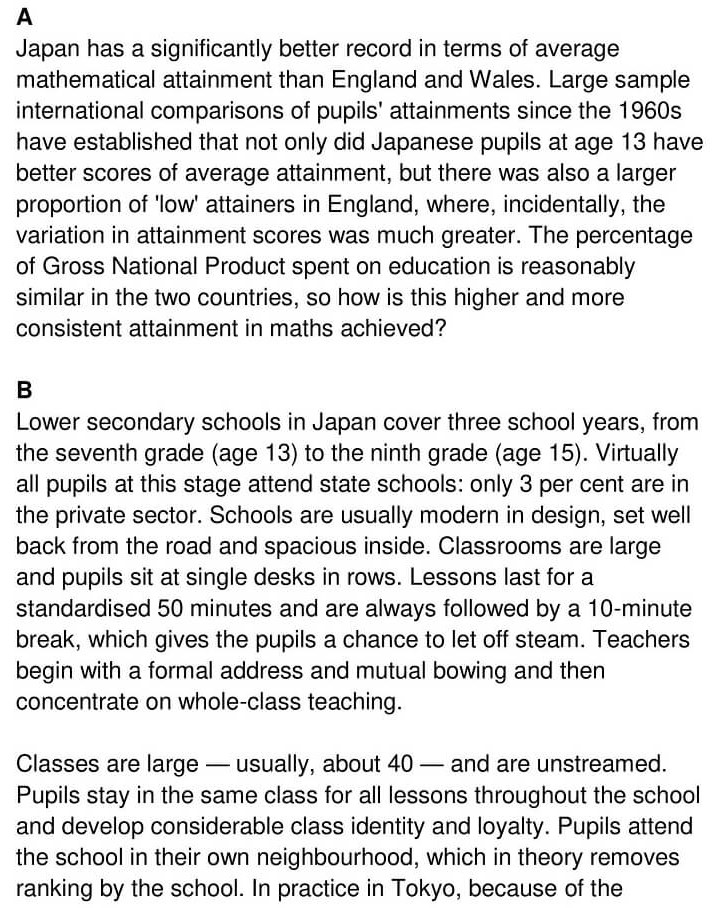


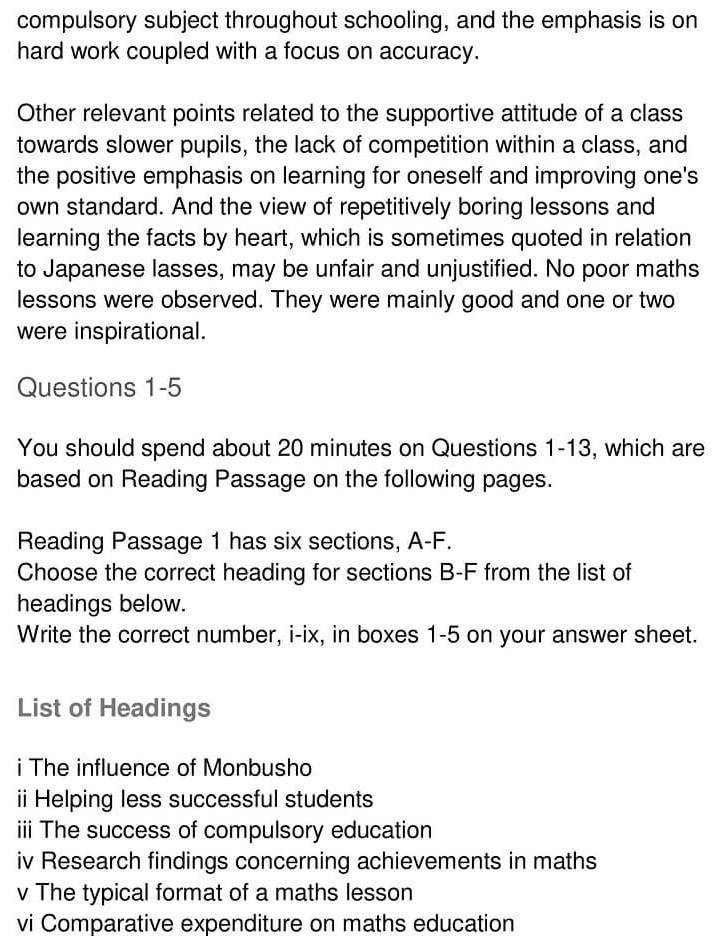
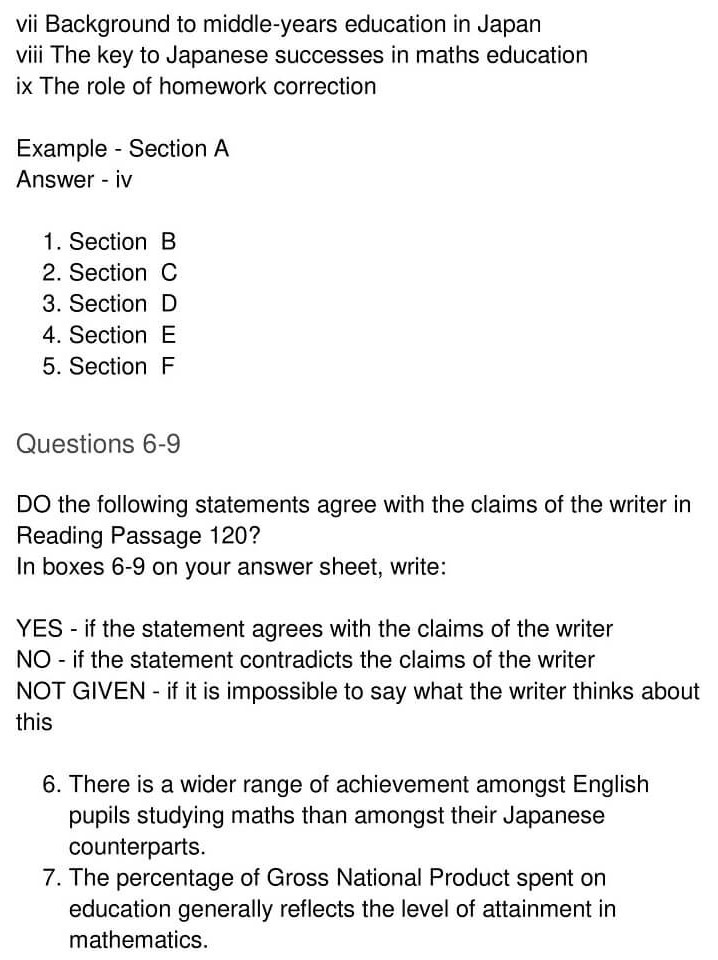
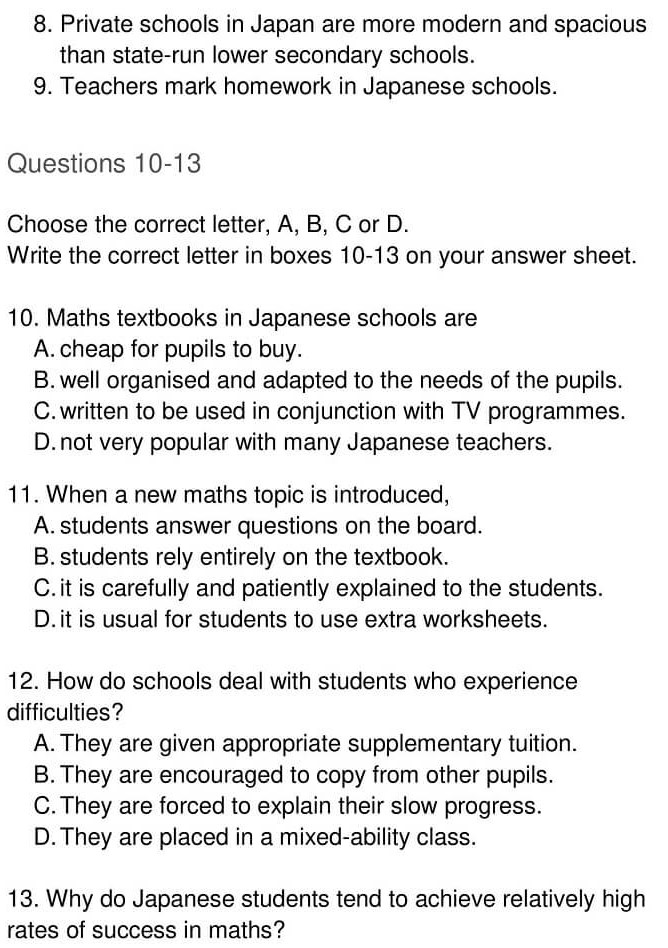

Answers
Unlock Answers
| Question Number | Answers | Explanation |
|---|---|---|
| 1. | vii | Paragraph B explains the pattern of lower secondary schools (middle-years education) in Japan which cover three school years, from the seventh grade (age 13) to the ninth grade (age 15). During the middle years of education, most pupils (97 percent) attend state schools and the remaining 3 percent are in the private sector. The infrastructure of the schools are normally modern in design. They are set well back from the road and have a lot of space inside the campus. The classrooms are large and pupils sit at single desks in rows which prevents overcrowding. Each lesson lasts for 50 minutes which is the standard time and is always followed by a 10-minute break, which gives the pupils a chance to let off steam. The classes begin with a formal address from the teacher and mutual bowing. Then everyone concentrates on whole-class teaching. This is the background on how middle years education is imparted in the Japanese schools. Hence, the answer is vii (Background to middle-years education in Japan). |
| 2. | i | Paragraph C implies that everyone (students and teachers alike) has their own copy of the textbook supplied by the central education authority, Monbusho, as part of the concept of free compulsory education up to the age of 15. These textbooks are, on the whole, small, presumably inexpensive to produce, but well set out and logically developed. Besides approving textbooks, Monbusho also decides the highly centralised national curriculum and how it is to be delivered. So, this shows that Monbusho has a great influence on the education in the schools of Japan. Hence, the answer is i (The influence of Monbusho). |
| 3. | v | Paragraph D suggests that after the homework has been discussed, the teacher explains the topic of the lesson, slowly and with a lot of repetition and elaboration. Examples are demonstrated on the board; questions from the textbook are worked through first with the class, and then the class is set questions from the textbook to do individually. Only rarely are supplementary worksheets distributed in a maths class.
Hence, the answer is v (The typical format of a maths lesson). |
| 4. | ii | Paragraph E considers the fact that in observed lessons, any strugglers would be assisted by the teacher or quietly seek help from their neighbour. Carefully fostered class identity makes pupils keen to help each other – anyway, it is in their interests since the class progresses together. It is further added that although the peer help scarcely seems adequate help to enable slow learners to keep up, parents are also kept informed of their children’s progress and play a part in helping their children to keep up with class. Moreover, ‘Juku’ (private evening tuition) are sent if extra help is needed and encourage them to work harder. Hence, the answer is ii ( Helping less successful students). |
| 5. | viii | Paragraph F discusses the major contributing factors (key) in the success of maths teaching. Besides attitude, which is the most important factor, supportive attitude of a class towards slower pupils, the lack of competition within a class, and the positive emphasis on learning for oneself and improving one’s own standard are the other important features of Japanese education which is valued greatly. Hence, the answer is viii (The key to Japanese successes in maths education). |
| 6. | Yes | Paragraph A informs that Japan has a significantly better record in terms of average mathematical attainment than England and Wales. Large sample international comparisons of pupils’ attainments since the 1960s have established that not only did Japanese pupils at age 13 have better scores of average attainment, but there was also a larger proportion of ‘low’ attainers in England, where the variation in attainment scores was much greater. This proves that, while Japan has a better result only in average mathematical accomplishment, in England, students have a broad range of better overall scores. As the statement agrees with the claims of the author, the answer is YES. |
| 7. | Not given | The last sentence of paragraph A compares the GDP of the two countries – England and Japan – and states the percentage of Gross National Product spent on education is reasonably similar in the two countries. So, the author wants to know how there is a difference in consistent attainment in maths. Other than this, there is no reference if the percentage of Gross National Product spent on education generally reflects the level of attainment in mathematics. Hence, the answer is NOT GIVEN. |
| 8. | Not Given | In the beginning of paragraph B, it is given that lower secondary schools in Japan cover three school years, from the seventh grade (age 13) to the ninth grade (age 15). Virtually all pupils attend state schools: only 3 per cent are in the private sector. Schools are usually modem in design, set well back from the road and spacious inside. As seen from the above statement, it is not clearly mentioned which school is modern and spacious or whether all the schools in general are modern and spacious. There is also no comparison between the private and state run schools. As a result, the answer is NOT GIVEN. |
| 9. | No | Paragraph D indicates that in the beginning, the pupils put solutions to the homework on the board, then the teachers comment, correct or elaborate as necessary. Pupils mark their own homework which is an important principle in Japanese schooling as it enables pupils to see where and why they made a mistake, so that these can be avoided in future. As the statement (Teachers mark homework in Japanese schools.) contradicts the claims of the author (Pupils mark their own homework), the answer is NO. |
| 10. | B | Paragraph C declares that textbooks are small, presumably inexpensive to produce, but well set out and logically developed to meet the needs of the students. (One teacher was particularly keen to introduce colour and pictures into maths textbooks: he felt this would make them more accessible to pupils brought up in a cartoon culture.) Hence, the answer is B (well organised and adapted to the needs of the pupils). |
| 11. | C | Paragraph D communicates that after the homework has been discussed, the teacher explains the topic of the lesson (explanations are provided), slowly and with a lot of repetition (carefully and with patience) and elaboration (explained in details) with examples that are demonstrated on the board. Hence, the answer is C (it is carefully and patiently explained to the students). |
| 12. | A | Paragraph E points out that ‘Juku’ or private evening tuition are sent to students who need extra help. This supplementary help also encourages the students to work harder. Hence, the answer is A (They are given appropriate supplementary tuition). |
| 13. | C | Paragraph F mentions that education is valued greatly in Japanese culture and maths is recognised as an important compulsory subject throughout schooling. So, emphasis is on hard work (effort) coupled with a focus on accuracy (correctness of answer) that help students to achieve relatively high scores in maths. Hence, the answer is C (Much effort is made and correct answers are emphasised). |
Check More IELTS Reading Answers
Also check :
Practice IELTS Academic Reading based on question types

Start Preparing for IELTS: Get Your 10-Day Study Plan Today!
Recent Articles

Kasturika Samanta
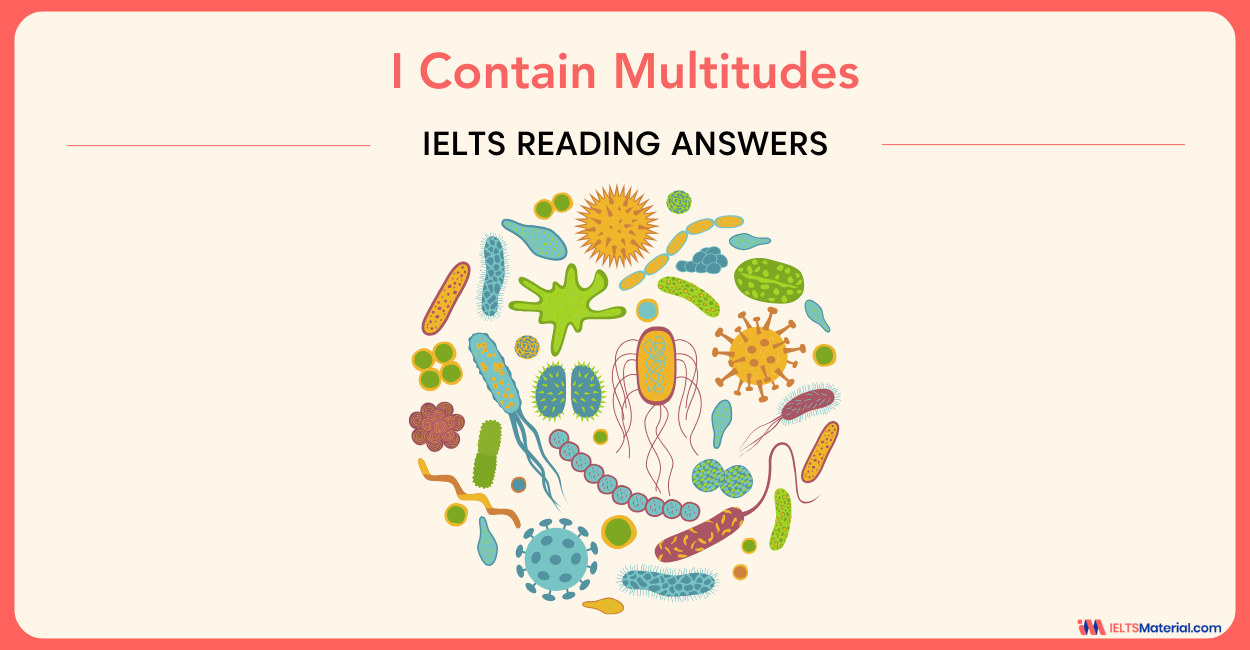
Nehasri Ravishenbagam

Nehasri Ravishenbagam

Kasturika Samanta
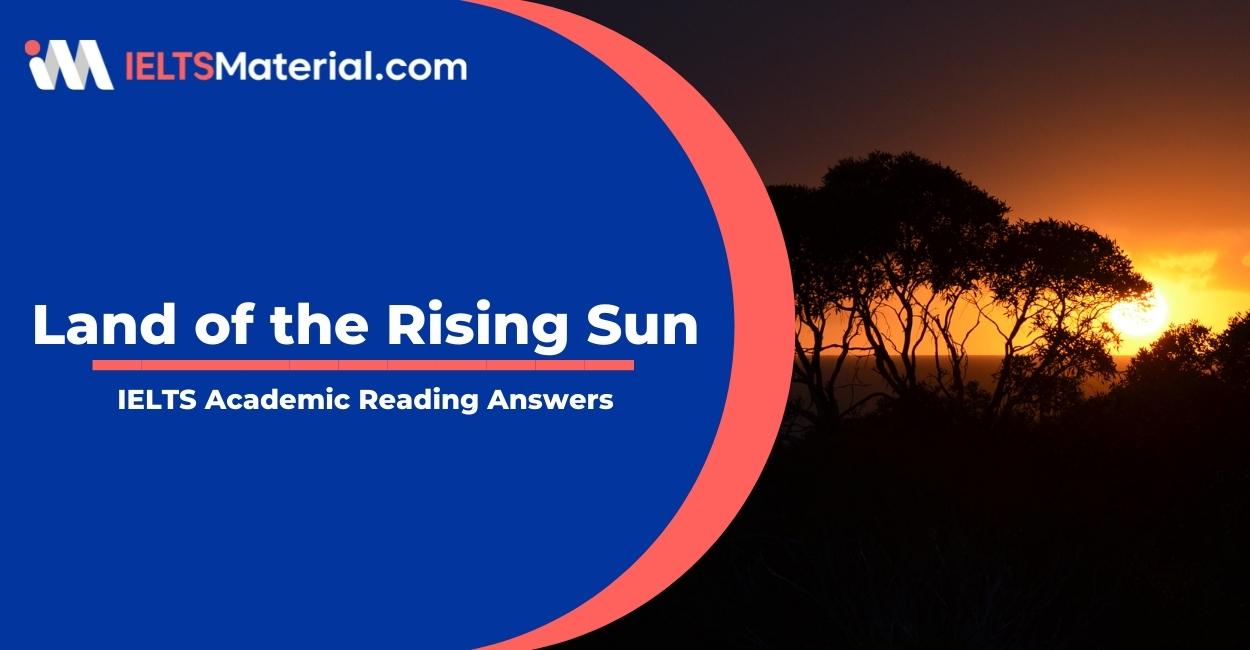



Post your Comments